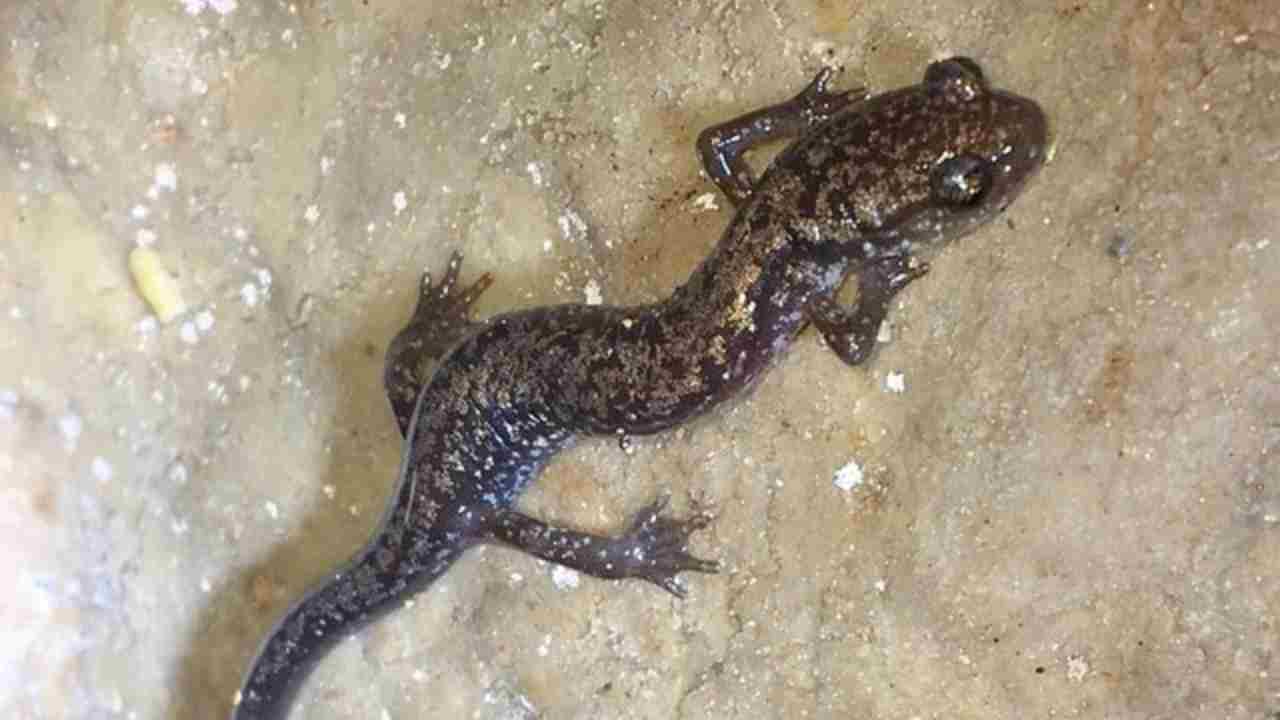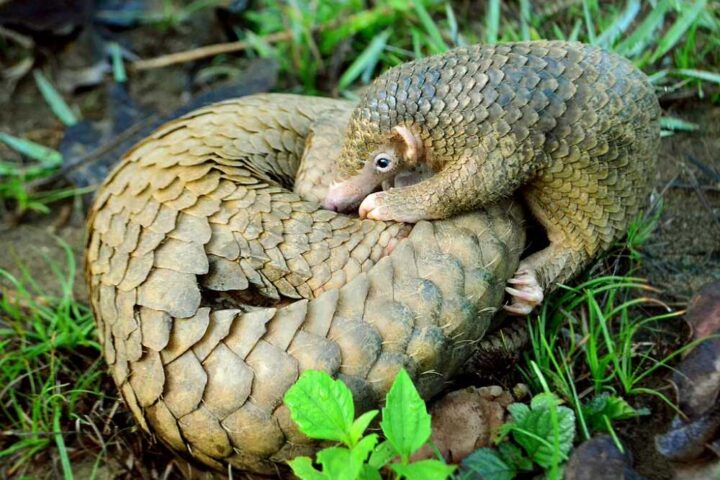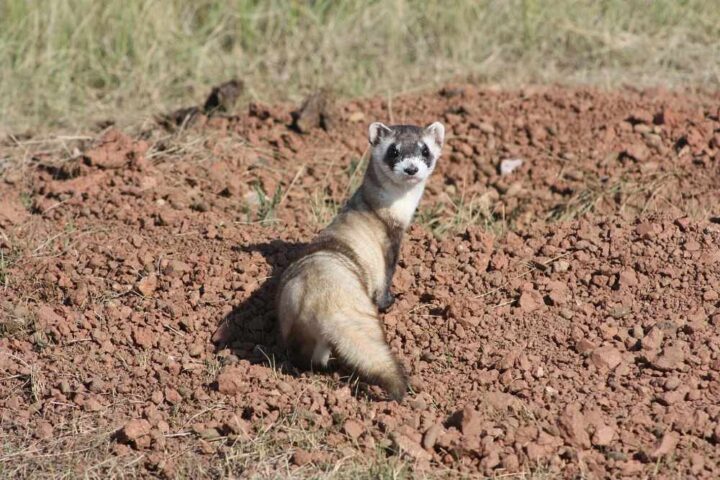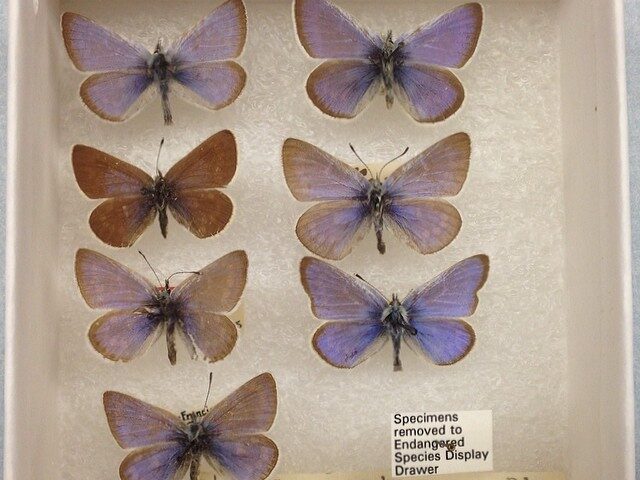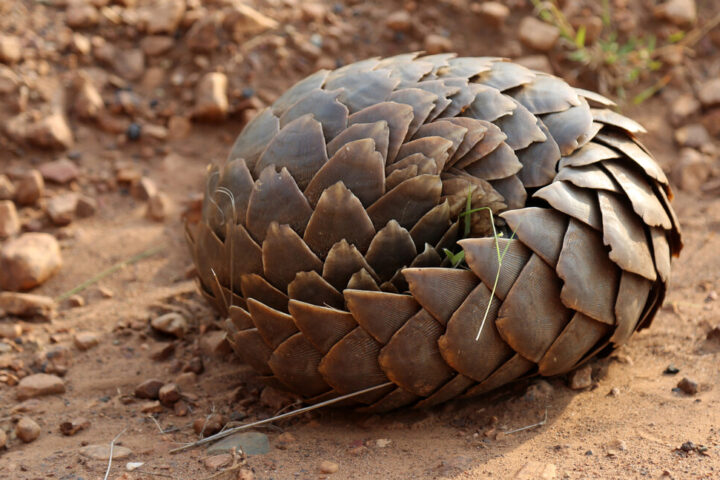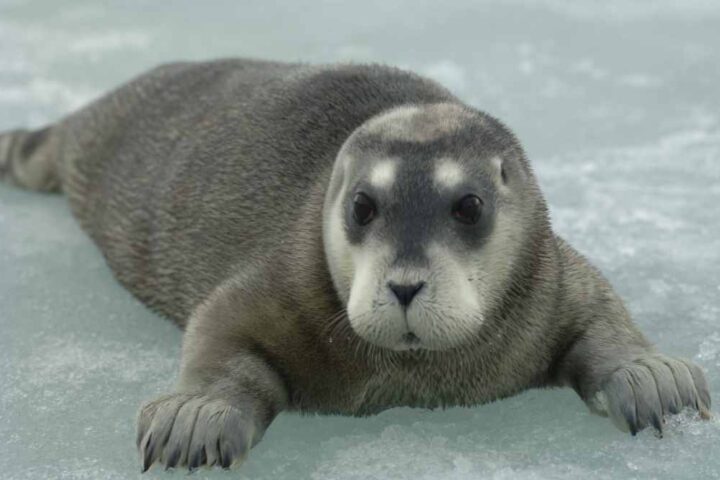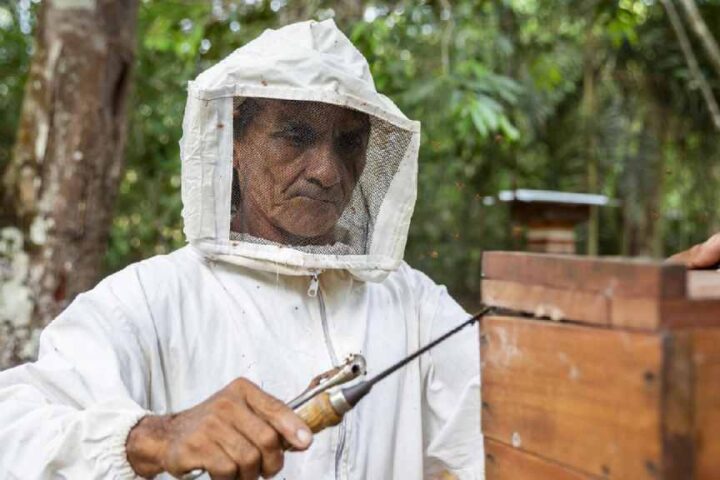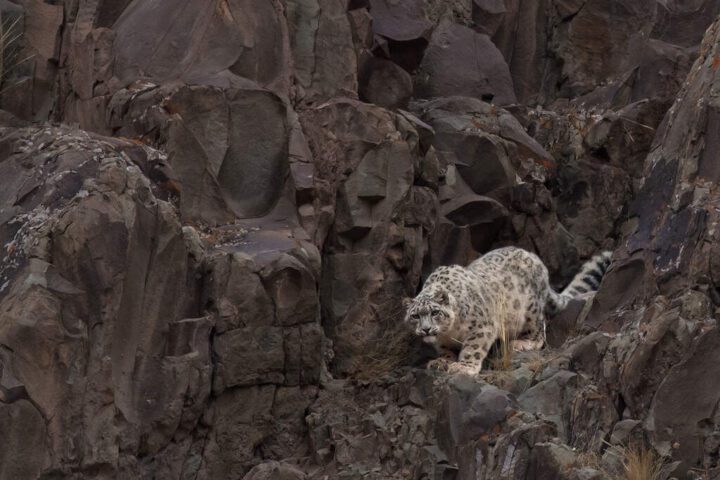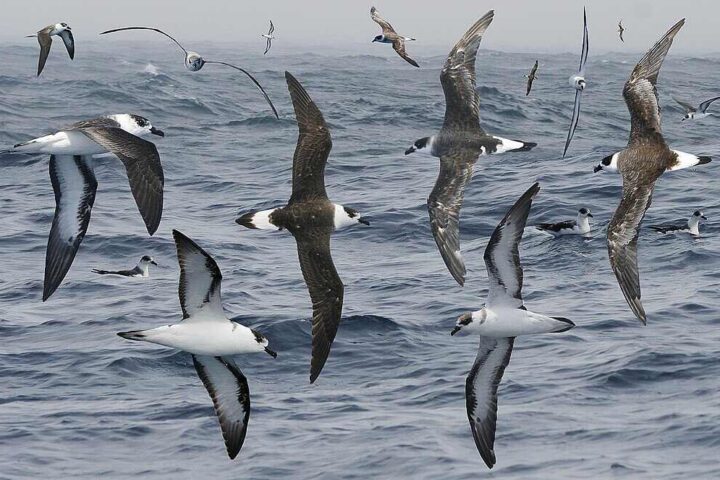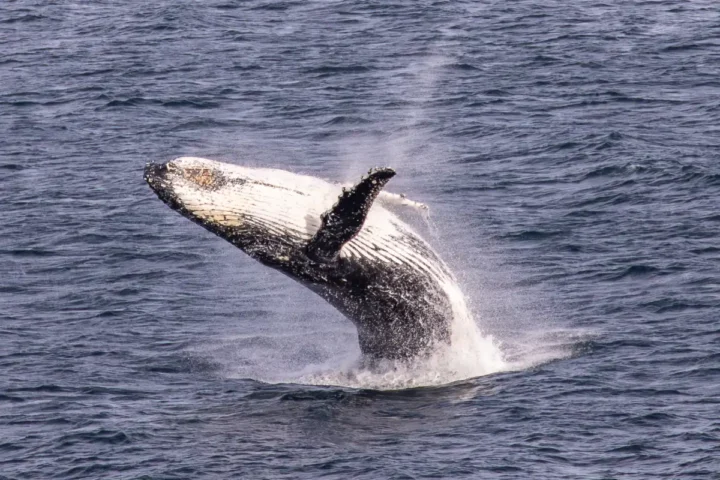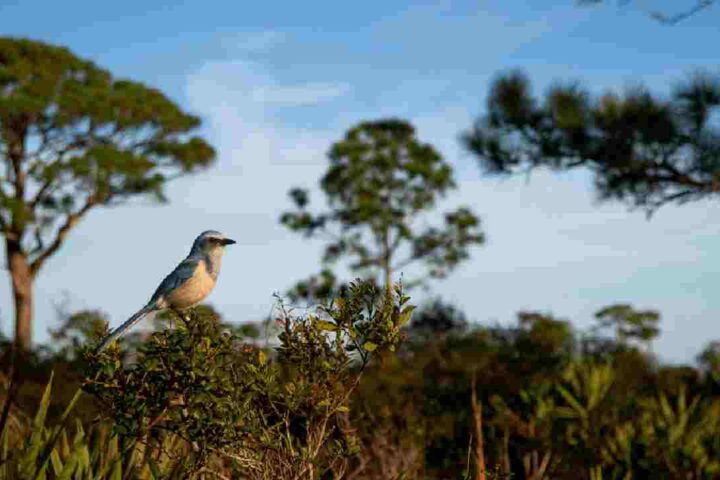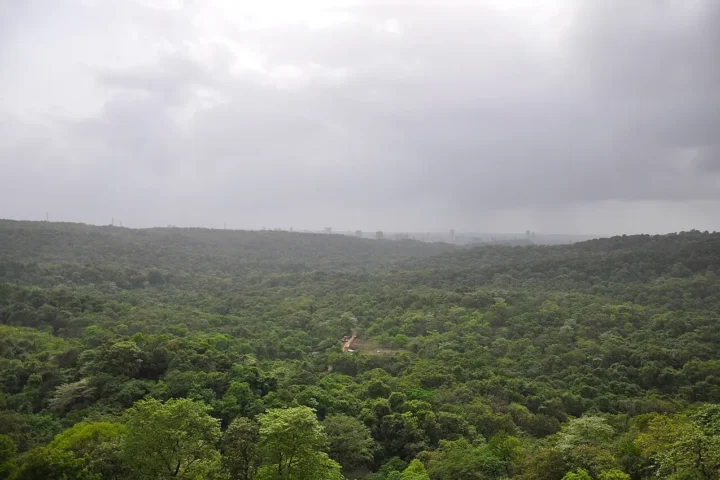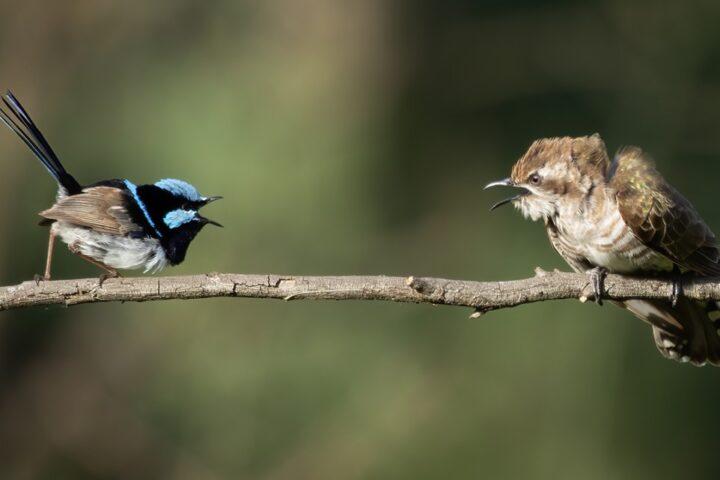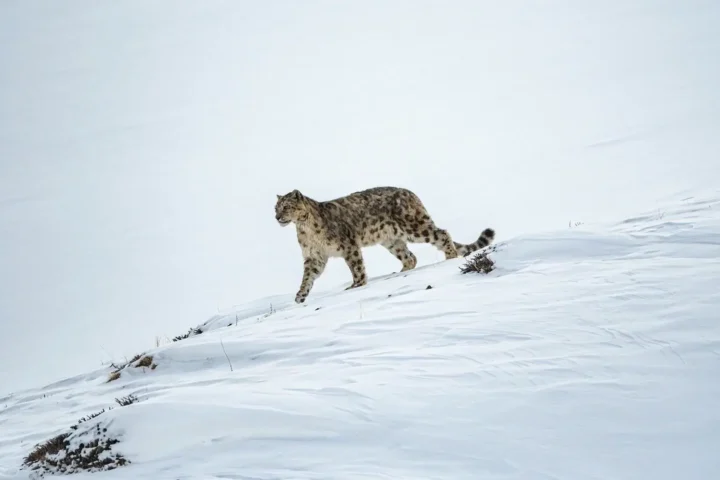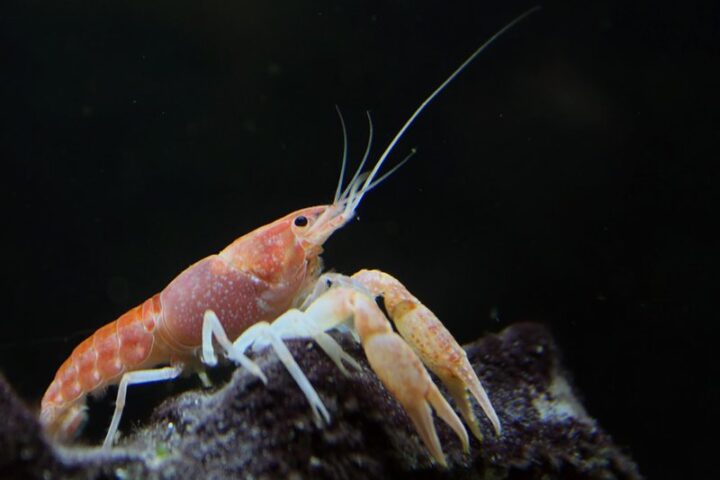A small salamander with sparkly markings found only in three spots in Virginia may soon get federal protection. On August 5, the Center for Biological Diversity filed a petition asking the U.S. Fish and Wildlife Service to protect the Dixie Caverns salamander under the Endangered Species Act.
These rare salamanders live exclusively in Roanoke County and face multiple threats to their survival. With populations discovered at just three locations, scientists worry these unique amphibians could disappear forever.
“These salamanders are small and slender with white and brassy flecks along their dark bodies,” said Trisha Sharma, a legal fellow at the Center. “They desperately need protection to avoid extinction.”
Originally found in the Dixie Caverns cave system, these salamanders have seen their habitat severely disrupted. An interstate highway built over the caves has caused serious problems, with road runoff and pollution entering the delicate cave ecosystem.
The salamanders breathe through their moist skin, making them especially vulnerable to environmental changes. They need cool, stable conditions to survive – something increasingly threatened by climate change.
Beyond the caves, these salamanders have been found in just two other locations where they depend on forest cover, fallen leaves, and logs to create the damp conditions they need. At least one of these populations has likely been destroyed by forest clearing for pipeline construction.
Similar Post
The Dixie Caverns salamander has a unique history. First identified in 1949, it was later classified as part of another species in 1962. However, genetic research in 2019 confirmed it is indeed its own distinct species.
What makes these salamanders special is their adaptation to cave systems formed by dissolved limestone with underground streams. These fragile environments are easily disturbed by human activities.
Like many amphibians worldwide, these salamanders face disease threats. Fungal infections have devastated amphibian populations globally, with some causing rapid declines in salamander populations in Europe.
Virginia is a hotspot for salamander diversity, home to nearly 60 different species, thanks to the varied habitats created by the Appalachian Mountains. These mountains create numerous small habitats where different salamander species can thrive.
The petition begins a legal process where the Fish and Wildlife Service must review the evidence and decide whether protection is warranted. If listed, the salamander would join other protected species like the Shenandoah salamander.
Conservation experts note that saving these salamanders isn’t just about one species – it’s about protecting the entire cave ecosystem and the surrounding forests that support it. Since the salamanders need both underground and above-ground habitats to survive, protecting them requires preserving this connected environment.
With fewer than 100 individuals believed to remain in the wild, time is running out to save this uniquely Virginian species before it disappears forever.
